 Scabies
Scabies
Entry Type: Thing
 Scabies
Scabies
Scenic Byways
 Richard Schilberg Aircraft
Richard Schilberg Aircraft
 Schilberg License
Schilberg License
 Schistosoma Eggs
Schistosoma Eggs
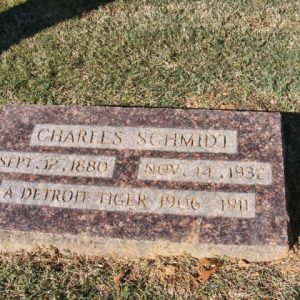 Charles Schmidt Headstone
Charles Schmidt Headstone
 Sarah Schnable Grave
Sarah Schnable Grave
 Spring Mill Marker
Spring Mill Marker
 Schnable Grave
Schnable Grave
School Consolidation
Scipio A. Jones House
 Scolopocryptops sexspinosus
Scolopocryptops sexspinosus
Scorpionflies
aka: Mecopterans
 Scorpionflies of Arkansas
Scorpionflies of Arkansas
 Scorpionfly
Scorpionfly
Scott Cemetery
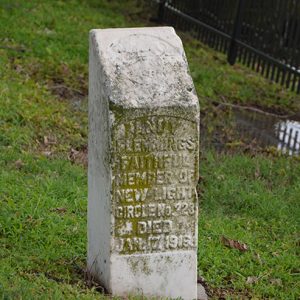 Scott Cemetery
Scott Cemetery
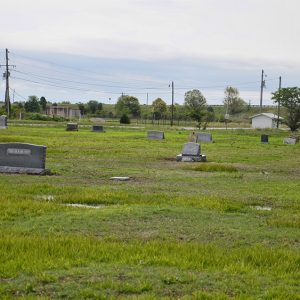 Scott Cemetery
Scott Cemetery
 Scott County Map
Scott County Map
 Scotty
Scotty
 Sculpin
Sculpin
 Sculpins
Sculpins
Sculpins
aka: Cottids
 "Your Love is Like a Cancer," Performed by Son Seals
"Your Love is Like a Cancer," Performed by Son Seals
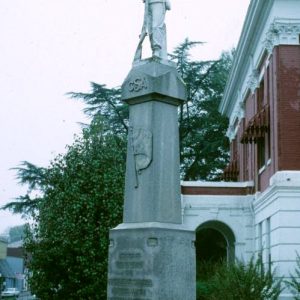 Searcy Confederate Monument
Searcy Confederate Monument
Searcy Confederate Monument
Searcy County Courthouse
 Searcy County Map
Searcy County Map
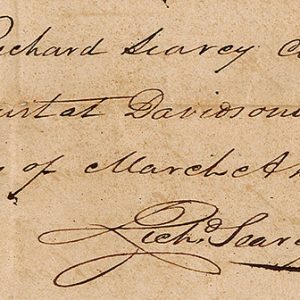 Richard Searcy Signature
Richard Searcy Signature
 Sebastian County Courthouse
Sebastian County Courthouse
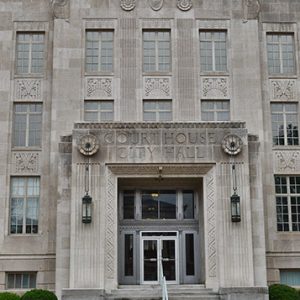 Sebastian County Courthouse Entrance
Sebastian County Courthouse Entrance
Sebastian County Courthouse
aka: Fort Smith City Hall
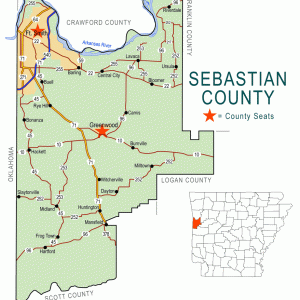 Sebastian County Map
Sebastian County Map
Sebastian County Road 4G Bridge
Secretary of State, Office of
Securities Legislation
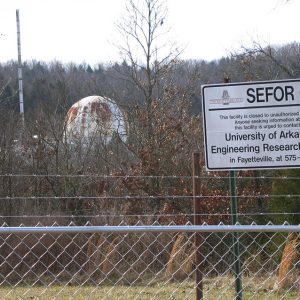 SEFOR Site
SEFOR Site
 Segregated Waiting Room Door
Segregated Waiting Room Door
 Segregated Water Fountain
Segregated Water Fountain
Segregation and Desegregation
aka: Integration
Senior Centers
 Senior Walk Names
Senior Walk Names
 Sentinel of Freedom
Sentinel of Freedom
Sentinel of Freedom
Sentinel-Record
Separate Coach Law of 1891
September 30, 1955
 September 30, 1955
September 30, 1955
 Sequoyah Center Materials
Sequoyah Center Materials
 Sequoyah Center Stacks
Sequoyah Center Stacks




